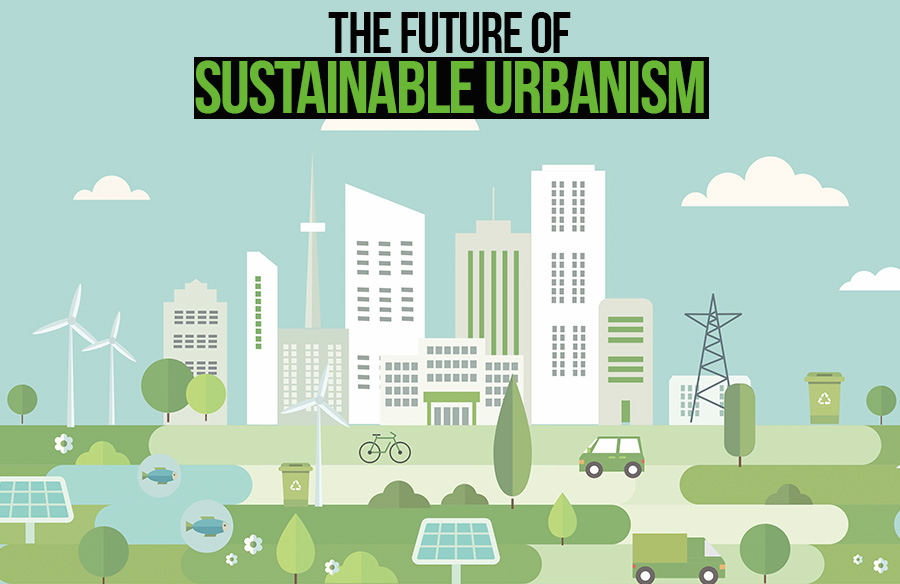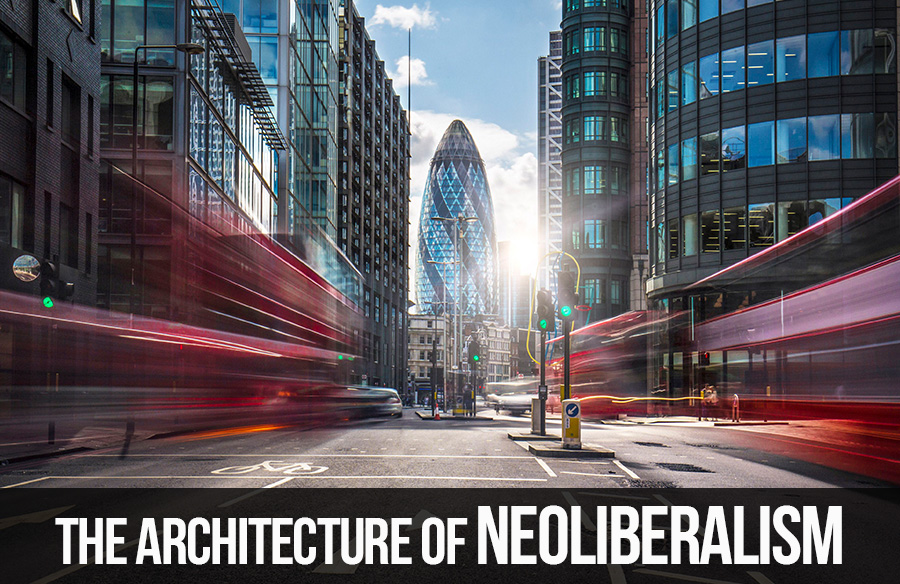The study of how urbanites interact with their built environment is known as ‘urbanism’. Simply said, ‘Sustainable Urbanism’ refers to urban areas that are pedestrian and transit-oriented, connected with high-performance buildings and blue-green infrastructure. It primarily emphasizes ‘design quality’ as a foundation for socially inclusive settlements. More importantly, it is a comprehensive network of various stakeholders – planners, architects, engineers, designers – concerned with social, environmental, economic, and cultural sustainability along with public health and climate change. It encompasses sustainability-related topics pertaining to the development and management of cities. “Sustainable urbanism is society-based, complexity-led, and landscape-driven, and it closes cycles at the best possible scale, creates places for the unknown, designs antifragile zones, empowers people to own their environment, uses the landscape as the basis for design, and creates innovative rule-breaking designs” (Roggema, 2017).

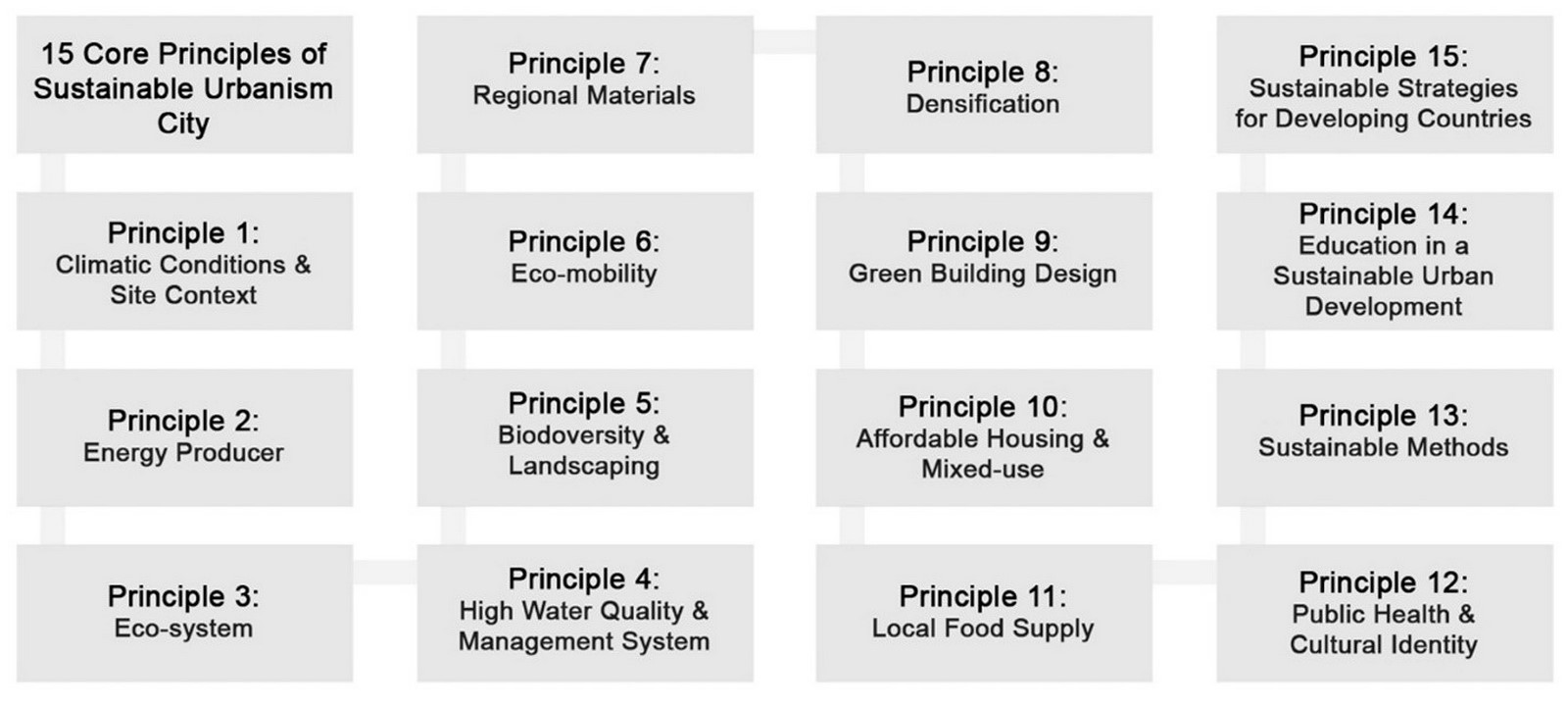
Environmental Protection
The environment provides us with renewable and non-renewable resources, waste assimilation, and life support services. However, in the present scenario, the rate of extraction of these resources outpaces their regeneration rate, rendering the entire process unsustainable. It is anticipated that by 2050, India will only have 22% of its current daily per capita water supply. Water, the elixir of life, is becoming increasingly scarce, necessitating careful planning and management. Soon, we should consider capitalizing on ‘climate-neutral logistics’ and promote ‘cleaner fuels’ such as CNG, LPG, LNG, hydrogen, bio-diesel, electric, and solar energy. Walking, cycling, and other ‘green’ modes of transport must gain popularity to reduce carbon emissions, improve health, and provide social, economic, and environmental benefits.
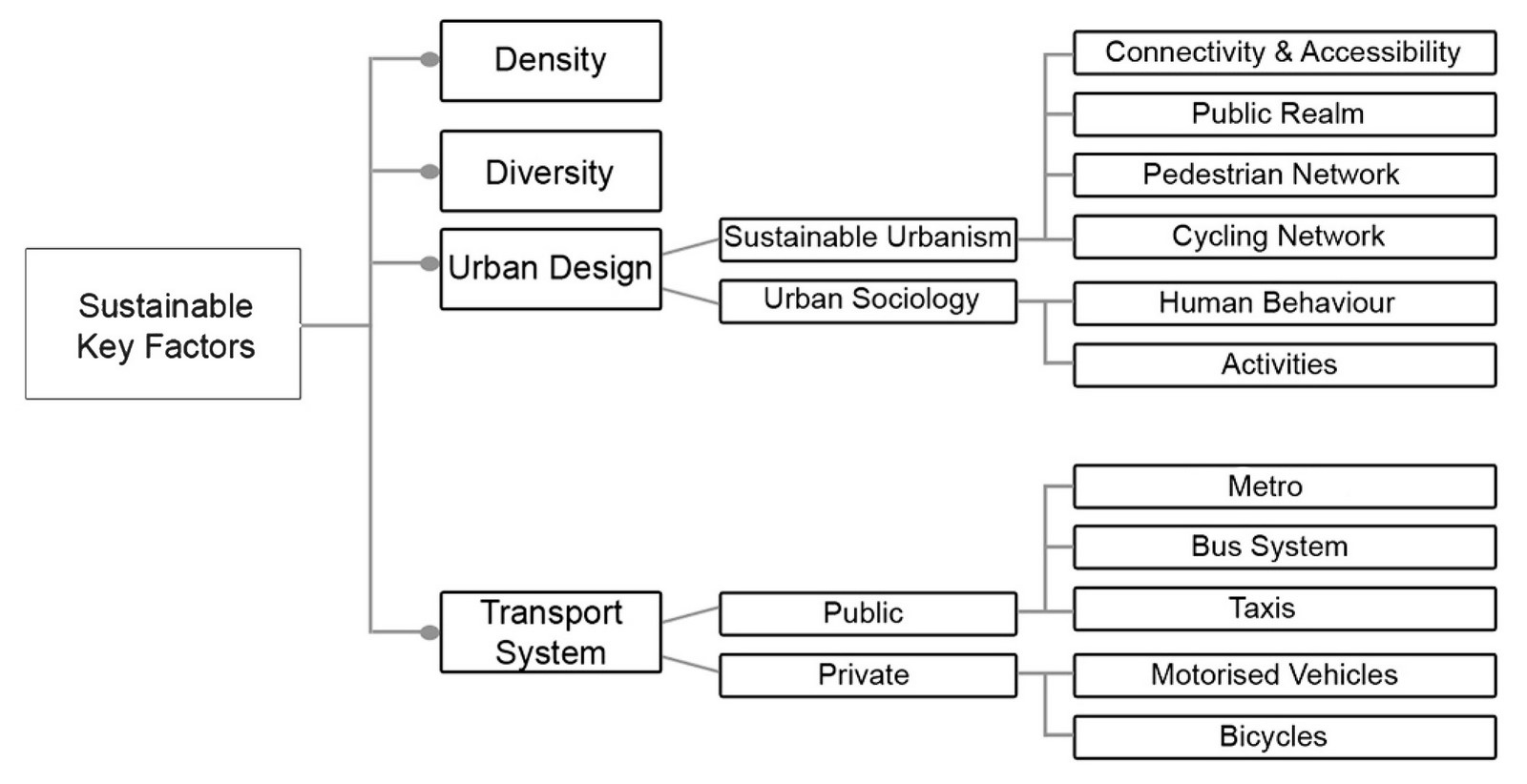

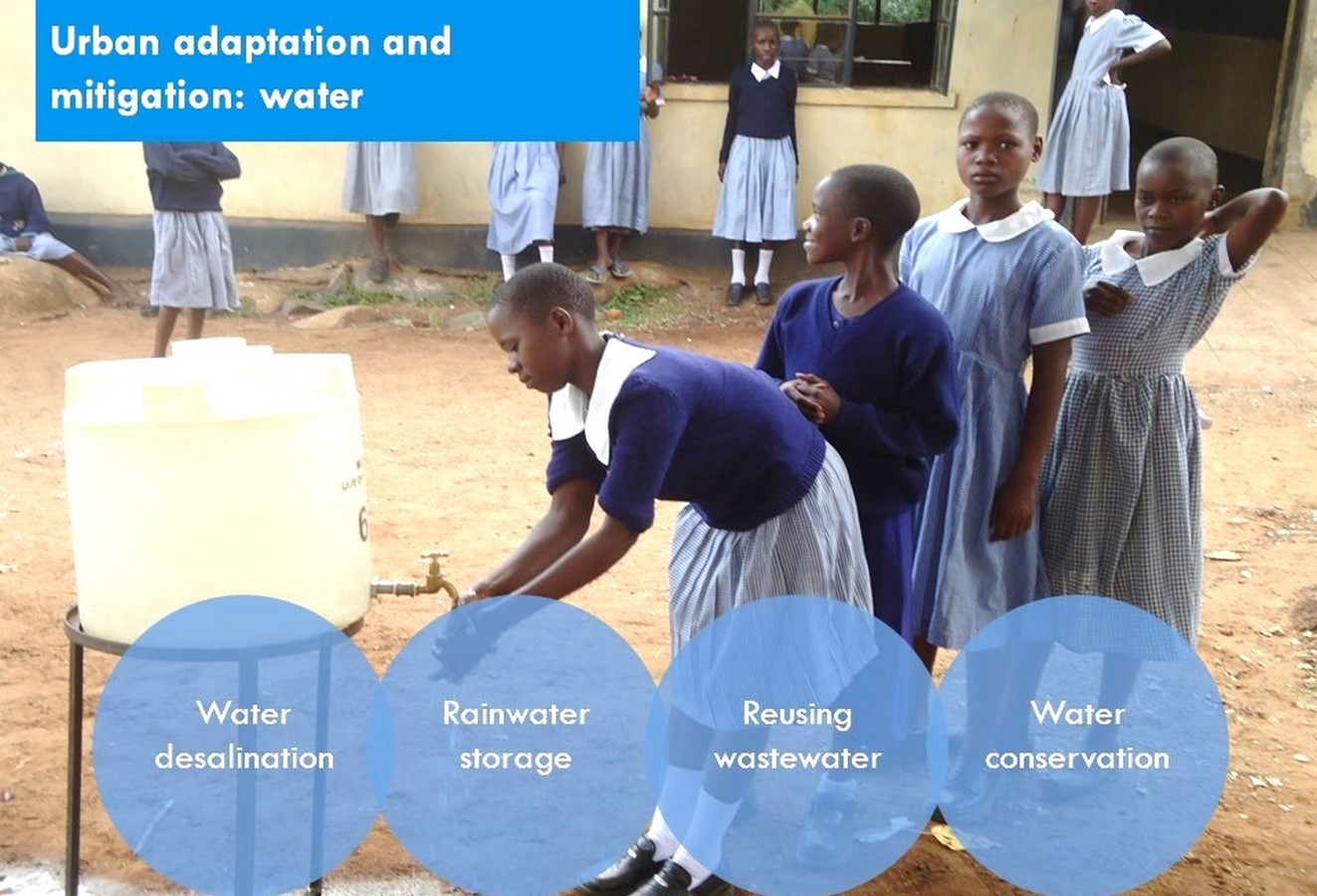
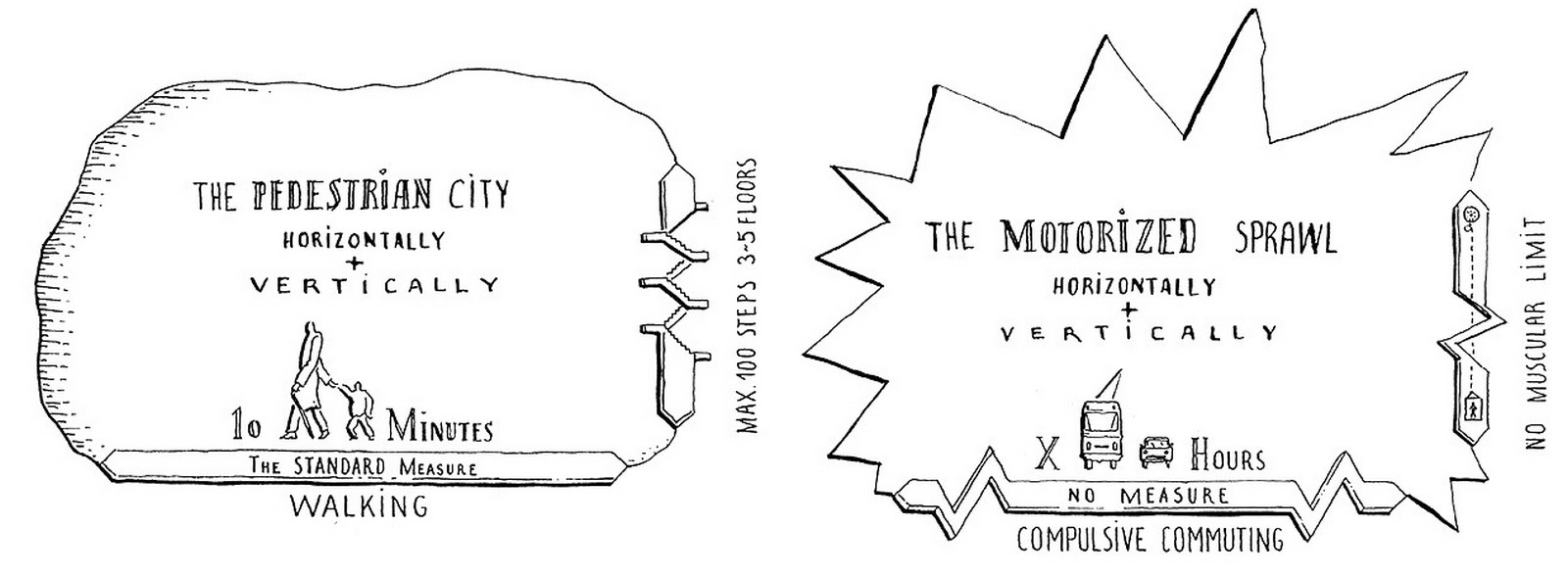
Economic Efficiency
According to Giorgos Kallis, an ecological economist at the Autonomous University of Barcelona, “The faster we produce and consume goods, the more we damage the environment” (Cassidy, 2020). Because the environment offers resources for economic activity, the economy and the environment are inextricably linked. Population growth leads to increased consumption of goods and services, which impacts the ecological cycle and exacerbates the ‘stress’ on the environment. Consequently, the massive amount of ‘unmanageable’ waste has degenerated into an urban mess, and it is already too late to turn it into anything beneficial. “There is no way to both have your cake and eat it, here. If humanity is not to destroy the planet’s life-support systems, the global economy should slow down” (Cassidy, 2020), says Vaclav Smil, a Czech-Canadian environmental scientist.
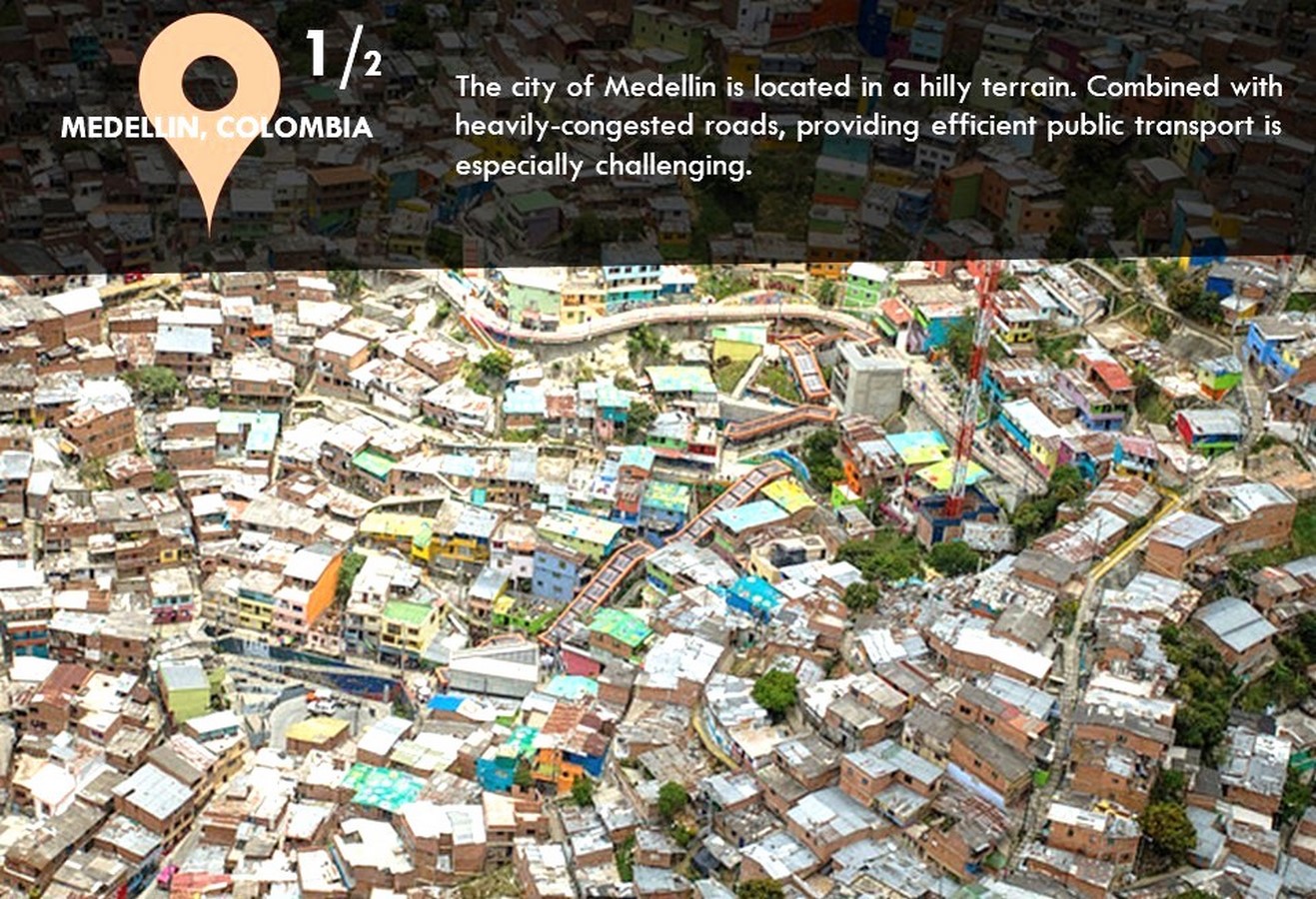
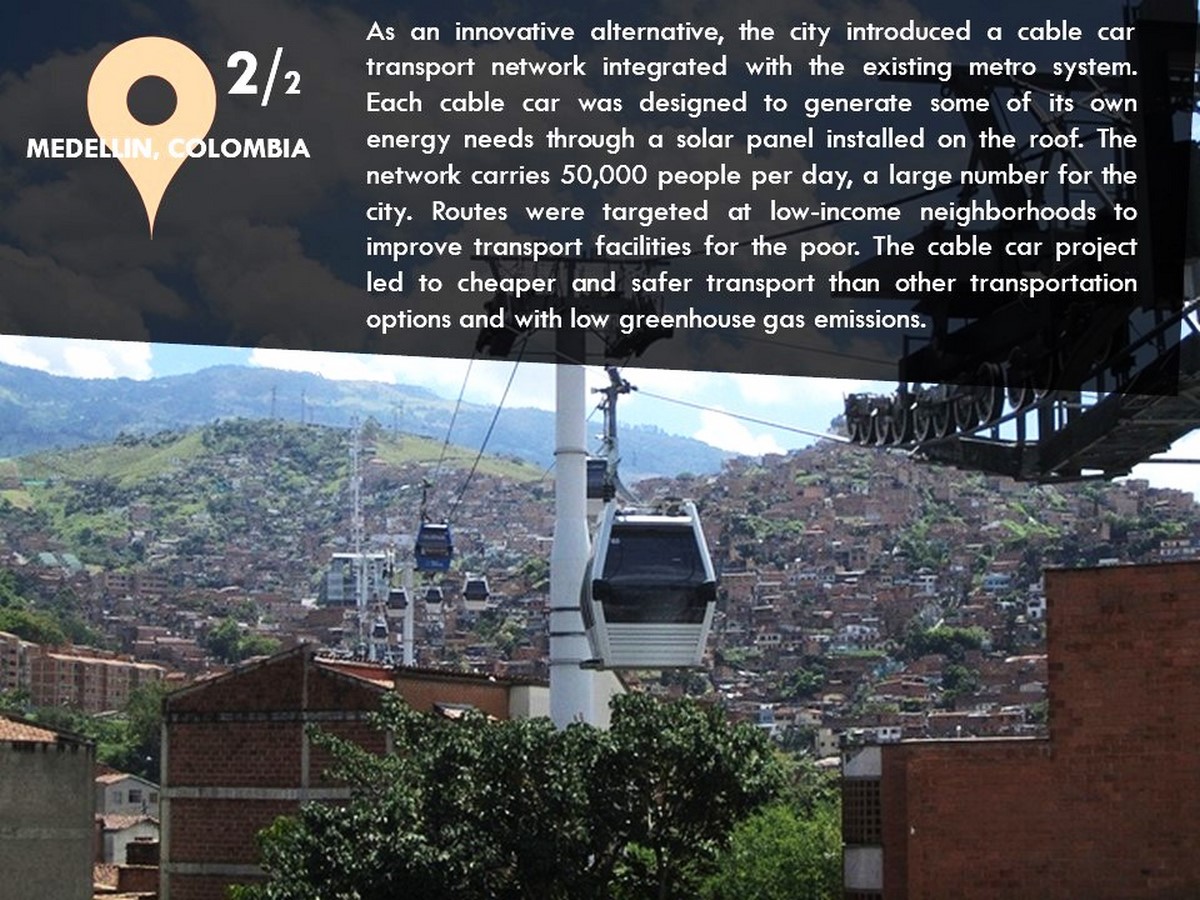
Livability Enhancement
“Livability is the sum of the factors that add to a community’s quality of life, including the natural and built environments, economic prosperity, social stability and equity, educational opportunity, and cultural, entertainment, and recreation possibilities” (Partners for Livable Communities, 2021). Humanity is depleting and destroying natural resources to the point where future generations may be left with nothing but barren land, polluted rivers, and contaminated air. Exposure to toxic pollutants and waste in cities can be detrimental to our physical and mental health. It can even affect our stress levels and influence environmental behaviour. Furthermore, there is a tangible link between a city’s ‘green cover’ and its livability index. “In the concrete jungle of cities, open green spaces can provide welcome relief. Vast parks and lush gardens bring beauty and calm to a city, alleviating the strains of daily life, and making life healthier” (Jain et al., 2019).
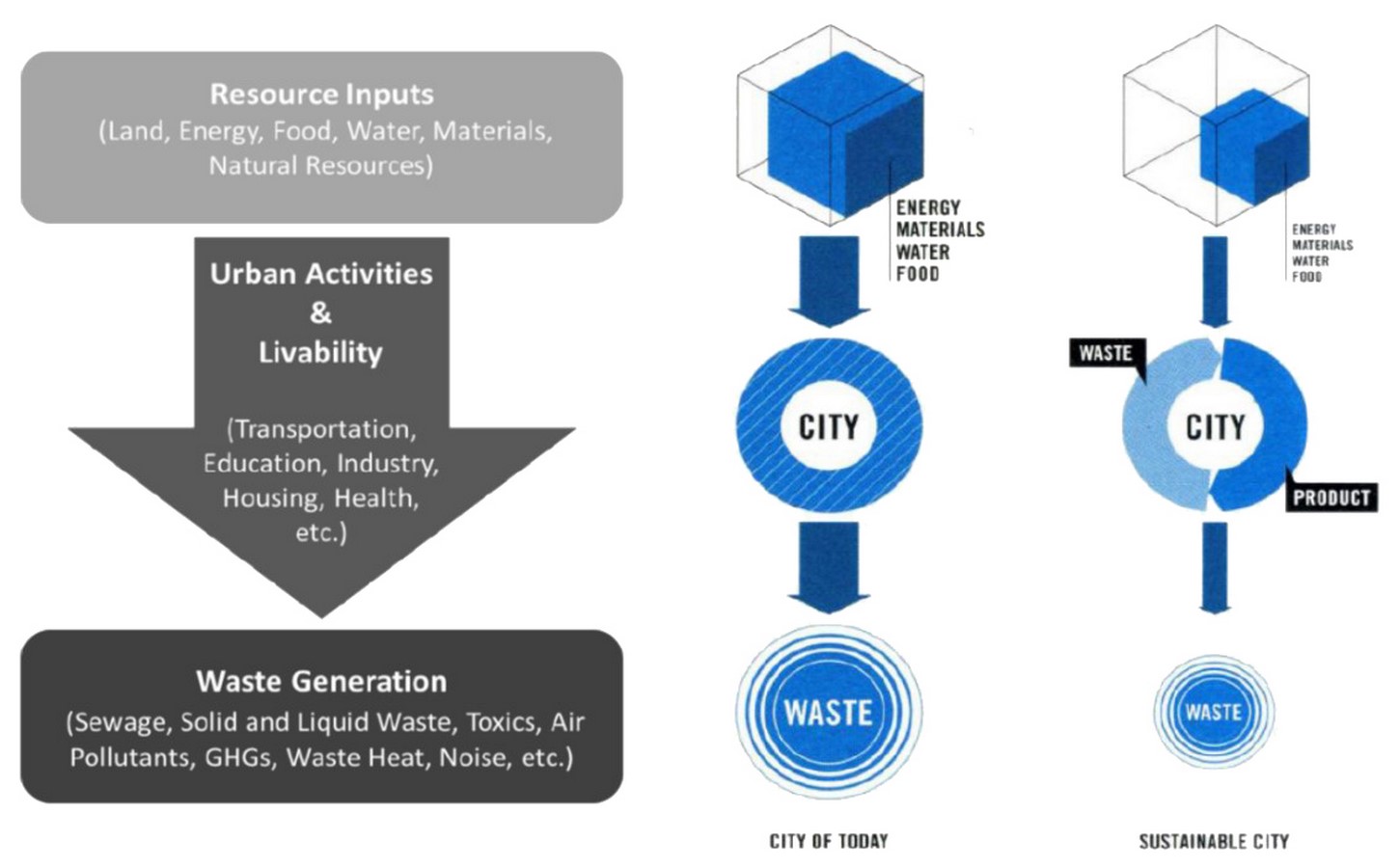
The Way Forward
There is an urgent need to consider an alternative development model that is more democratic, equitable, sustainable, and long-lasting. We need a land-use policy that safeguards environmentally sensitive areas, designates ‘safe’ zones for industries and incentivizes enterprises to make rapid transitions to ecologically benign technologies. We must take ‘climate change’ seriously since it can have a long-term impact on economic development, infrastructure, food production, precipitation patterns, and human health. There is also a need to strike a balance between future urban development and its impact on the environment. Humans must realize that they are an inseparable part of the environment, and must pledge to stop its ruthless exploitation to ensure their survival.

References
[1] Cassidy, J., 2020. Can We Have Prosperity Without Growth? [Online] Available at: https://www.newyorker.com/magazine/2020/02/10/can-we-have-prosperity-without-growth [Accessed 21 October 2021].
[2] Jain, P., Devulapalli, S. & Padmanabhan, V., 2019. Which is India’s greenest metro? [Online] Available at: https://www.livemint.com/news/india/which-is-india-s-greenest-metro-11572280645457.html [Accessed 20 October 2021].
[3] Partners for Livable Communities, 2021. What is Livability? [Online] Available at: http://livable.nonprofitsoapbox.com/about-us/what-is-livability [Accessed 22 October 2021].
[4] Roggema, R., 2017. The Future of Sustainable Urbanism: Society-Based, Complexity-Led, and Landscape-Driven. Sustainability, pp. 1-20.


